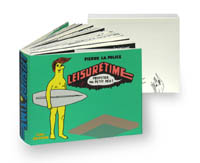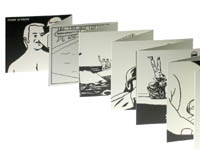Clarke, D.W. and Duimering, P.R. (2006), “How computer gamers experience the game situation: A behavioral study,”, ACM Computers in Entertainment, 4(3). The article describes an exploratory interview-based study of FPS game play; it aimed at deepening the understanding of computer games as "complex, context-dependent, goal-directed activity". Some excerpts I found relevant:
Gamers’ perceptions and evaluations of several aspects of FPS game design and game play were documented, including positive and negative aspects of game interfaces, maps, weapons, bots, multiplayer gaming on LANs and the internet, and single player gaming.
The study results also contribute to a better understanding of the cognitive and perceptual processes involved in FPS gaming, which may generalize to other game genres and have implications for the analysis of human behavior in socio-technical contexts beyond games. FPS gaming is a fast-paced form of goal-directed activity, taking place in complex, dynamic behavioral environments where players must quickly make sense of changes in their immediate situation and respond with appropriate actions. Little is known about the cognitive and perceptual processes associated with such complex, dynamic behavioral phenomena. In general, the gamers interviewed in the study seem to have attended preferentially to aspects of the gaming situation that were most behaviorally relevant to goal attainment and drew meaningful distinctions at a level of detail appropriate to the perceived demands of their goal-directed activity. It has been argued that gaming goals influenced how players made sense of the complexity of the FPS gaming situation by filtering perceptual stimuli based on behavioral relevance. Specifically, it is proposed that aspects of the game most salient to gamers were those perceived to be most behaviorally relevant to goal attainment, and that the evaluation of various situational stimuli depended on the extent to which they were perceived either to support or to hinder goal attainment.
Why do I blog this? even though I am looking forward to see how these results could be generalized to different environements (for instance in "non game games" a la Animal Crossing with fuzzier goals), the results detailed in this paper are quite interesting, when looking at the players' verbalizations. This kind of cognitive preferences (aspects of the gaming situation that were most behaviorally relevant to goal attainment) are good markers for certain games and maybe for a certain audience.















